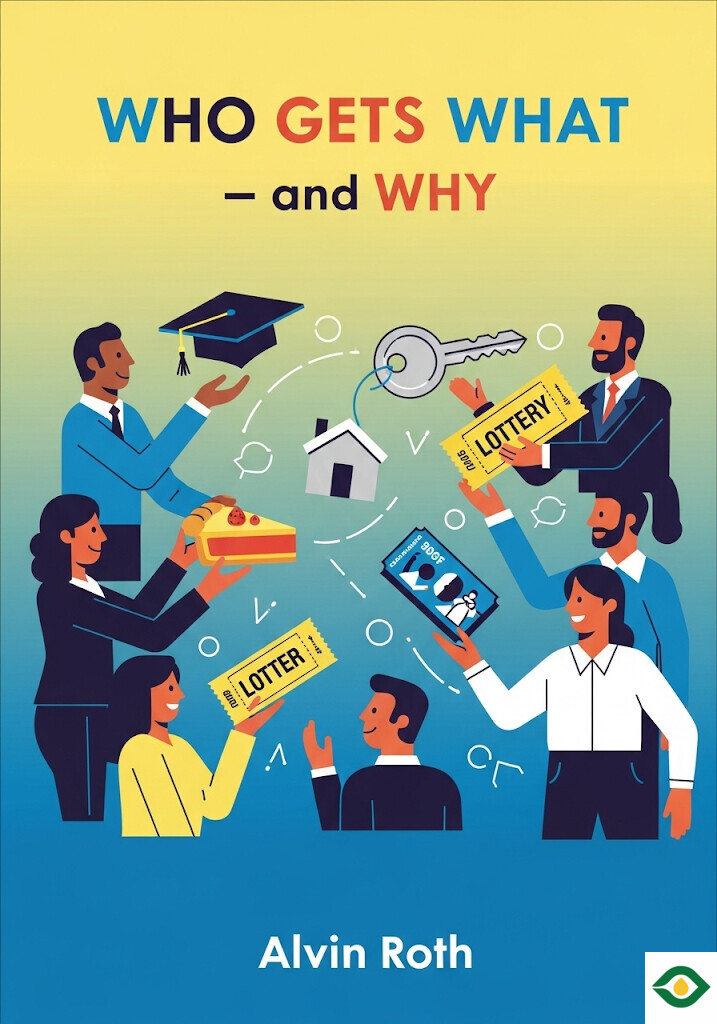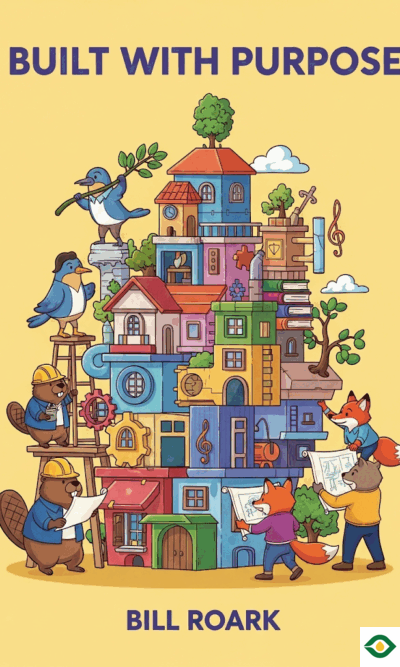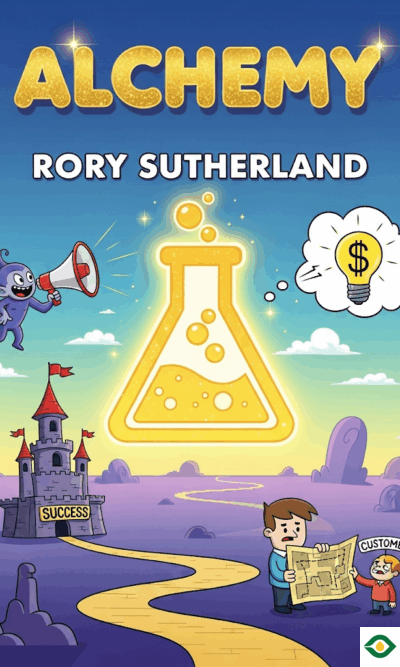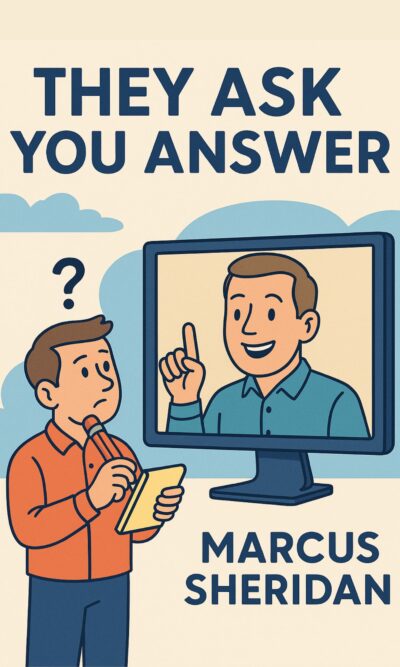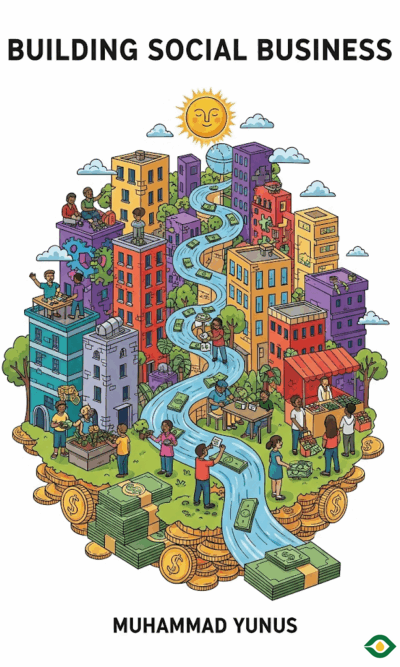Description
Markets are usually thought of as places where money decides who gets what. You want something, you pay for it, and if you can afford it, it becomes yours. That is how we imagine grocery stores, clothing shops, or stock exchanges. But the truth is, many of the most important decisions in our lives do not follow that simple pattern. Getting into a good school, finding a job, or even receiving a life-saving organ transplant are all examples of markets where money is not the main factor. These are called matching markets, where people must be paired with opportunities, and both sides must agree.
In matching markets, the decision is not simply about price. A school must choose its students, a company must choose its employees, and even people in personal relationships must choose each other. The rules and designs of these markets matter deeply, because they decide fairness, opportunity, and even survival. Scarcity makes this process even harder. There are not enough organs for every patient who needs one. There are far more students applying to universities than there are seats available. These limits create tension, and if a market is not designed carefully, it can collapse into chaos or unfairness.
One of the biggest challenges in these markets is congestion. When too many people try to enter at once, the system slows down. Think about applying for a job. A company may receive hundreds of applications for a single role. Each applicant must be reviewed, interviewed, and considered. This takes time, and with so many people involved, both sides may struggle to make good decisions. A similar issue happens in school admissions. Too many choices and too many applicants create confusion for both students and institutions.
Technology has provided tools to ease this congestion. A great example is Uber. Before apps like Uber existed, the quick transportation market was dominated by taxis. If you needed a ride immediately, your only option was to hope for a taxi on the street. Limousines and private cars existed, but they could not easily connect with passengers. Uber changed the game by using smartphones and software to match riders and drivers instantly. The cars were already there; the key was creating a platform that connected them quickly and fairly. This lesson applies to many other matching markets: when systems are overloaded, better technology and design can speed up decision-making without losing fairness.
But even with technology, some markets begin to “unravel.” This happens when participants try to beat the system by acting too early or bending the rules. A clear example comes from the legal profession. In the United States, law firms often hire students two years before they even graduate. These students are given quick offers that expire almost immediately. This puts unfair pressure on students to accept without knowing all their options. It also forces law firms to choose before they truly know how good the students are. Instead of a fair competition, the system rushes into early and incomplete decisions, leaving both sides worse off.
Rules can help slow down this unraveling, but rules alone are often not enough. When regulators tried to set limits on law firms, the firms simply found loopholes. This shows that designing a fair market is not about one-time fixes but about creating systems where honesty and patience are rewarded.
Another powerful example comes from New York City’s public school admissions. For years, the process was broken. Families had to rely on paper applications, slow mail systems, and even personal connections to school principals. Some schools demanded to be listed as a first choice, which forced students to hide their true preferences. Others kept spots open in unfair ways, waiting to admit favored students later. The result was a messy and biased process where many children ended up in schools they did not want, and schools were not always matched with students who truly wanted to be there.
In 2003, a new computerized system was introduced. This clearinghouse used an algorithm to match students and schools based on honest preferences from both sides. It encouraged families to list their real choices without fear of losing other options. The design made it possible for most students to receive placements closer to what they truly wanted, while schools were more likely to get students who genuinely preferred them. By creating trust and fairness, the system reduced chaos and improved outcomes for everyone.
Still, information itself can become a problem. Too much communication can create noise. For example, applying to colleges today is easier than ever because of online platforms. Students can send applications to dozens of schools with a few clicks. While this seems good for students, it makes it very hard for colleges to know which students are truly interested. Everyone applies everywhere, but not everyone seriously considers each option. The flood of applications clogs the system and makes matching less accurate.
To solve this, some markets use signaling. Signaling allows participants to show real interest in limited, meaningful ways. In South Korea, for example, competing universities sometimes hold entrance exams on the same day. A student cannot take every exam, so choosing one is a clear signal of serious interest. In the United States, colleges pay attention to signals like campus visits, guestbook signings, or early decision applications. When a student applies through early decision, they are saying, “If you accept me, I will come.” This strong signal helps colleges know who is truly committed, which improves the match for both sides.
The lessons from these markets go beyond schools and jobs. They show how human behavior shapes outcomes in every kind of system where choices matter. If people hide their preferences, act too quickly, or flood the market with insincere signals, the whole process breaks down. But if markets are designed with trust, fairness, and clear communication in mind, they can serve everyone better.
At its heart, the book teaches that markets are not only about money. They are about choices, matches, and human behavior. When markets fail, it is usually because the design did not anticipate how people would act. The solution lies in redesigning systems so that honesty and fairness pay off, while manipulation and gamesmanship do not.
Understanding this opens a new way of looking at everyday life. From hospitals to universities, from dating apps to job boards, matching markets surround us. By studying their rules and learning from failures, we can build systems that give more people what they truly need, not just what they can pay for.

